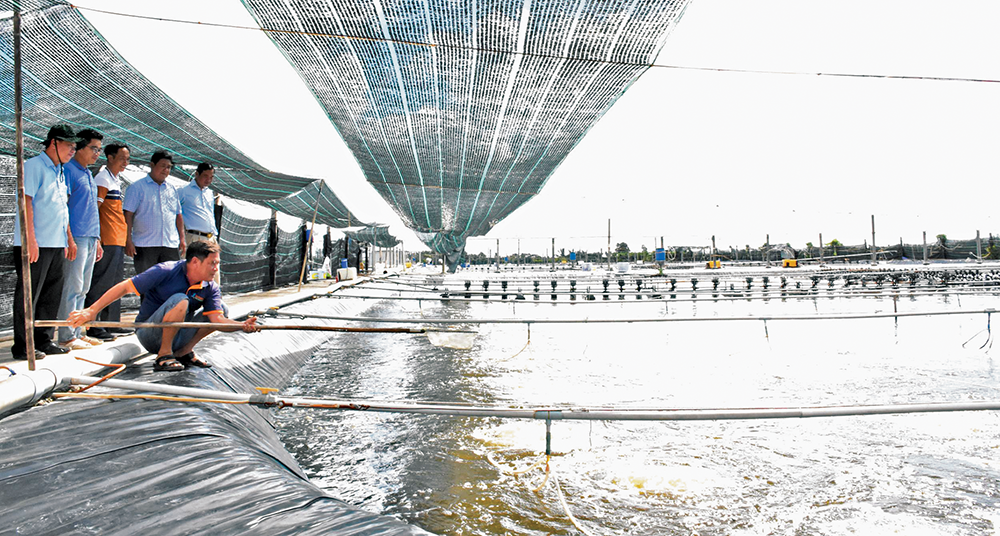
The industrial shrimp farming model along the sea dike in Lai Hoa commune is developing strongly, however it also needs to be surveyed and planned for suitable farming areas.
Lai Hoa commune has a brackish water shrimp farming area of over 3,000 hectares; of which, the shrimp farming area in the sea dike area is 200 hectares, most of which is an industrial shrimp farming model. Mr. Le Ngoc Hieu in Lai Hoa commune has 7 hectares of industrial shrimp farming along the dike with stable development. Mr. Hieu raises shrimp according to a 3-stage process (nursery pond, intermediate pond, commercial pond). This process helps reduce the loss rate in the early stage, easily controls diseases and the environment, and has higher productivity than 1-stage farming. The shrimp grow evenly, are healthy, and meet export standards. "The conditions for shrimp farming are favorable, but the traffic here is not favorable, so the cost of transporting food, medicine, and preparations for shrimp farming is increased; traders also reduce the shrimp purchase price to compensate for the cost of transporting shrimp to the factory," said Mr. Hieu.
Mr. Ta Van Phuoc also has nearly 10 hectares of industrial shrimp farming in Lai Hoa commune with the highest annual yield of up to nearly 100 tons of commercial shrimp. But recently, the water source from the sea has been unstable due to the siltation of the irrigation system, so shrimp farming has also encountered difficulties. "If there is enough water, shrimp can be released in a continuous rotation, about every 2.5 months. If there is a lack of water, we have to raise shrimp sparsely, with fewer shrimp, so the yield is lower," said Mr. Phuoc.
Mr. Tran Tri Van, Chairman of Lai Hoa Commune People's Committee, said that the aquaculture area in the sea dike area in Lai Hoa commune, in addition to brackish water shrimp farming, people also raise aquatic products with high economic value such as sea crabs, goby fish... Currently, the land fund for agricultural production, especially aquaculture here is quite large. If the traffic infrastructure and irrigation system here are invested synchronously, it will create conditions to maximize the existing soil potential, the local economy will develop faster.
Currently, Lai Hoa commune has about 30 households implementing the industrial shrimp farming model along the sea dike. Aiming for sustainable development, industrial shrimp farming households along the sea dike in Lai Hoa commune propose that the functional sector support the farming households in the following aspects: Early survey and assessment of soil quality, water source, salinity, hydrology, climate along the sea dike to determine suitable areas for industrial shrimp farming; Analyze the risk of saltwater intrusion, landslides, flooding, environmental pollution, thereby determining the boundaries of safe farming areas; Arrange synchronous technical infrastructure, roads, electricity, environmental monitoring systems and disease warnings; Invest in irrigation systems, pumping stations, rainwater and wastewater drainage systems to the sea reasonably; Organize training and transfer of sustainable industrial shrimp farming techniques; Provide guidance on preparing records, granting farming area codes, tracing origins, serving exports; Linking businesses - people - scientists to form a closed production chain.
Article and photos: SONG LE
Source: https://baocantho.com.vn/vung-nuoi-tom-cong-nghiep-ven-de-bien-xa-lai-hoa-con-nhieu-tiem-nang-phat-trien-a193340.html



![[Photo] General Secretary To Lam receives Singaporean Ambassador Jaya Ratnam](https://vphoto.vietnam.vn/thumb/1200x675/vietnam/resource/IMAGE/2025/11/03/1762171461424_a1-bnd-5309-9100-jpg.webp)

![[Photo] Lam Dong: Close-up of illegal lake with broken wall](https://vphoto.vietnam.vn/thumb/1200x675/vietnam/resource/IMAGE/2025/11/03/1762166057849_a5018a8dcbd5478b1ec4-jpg.webp)




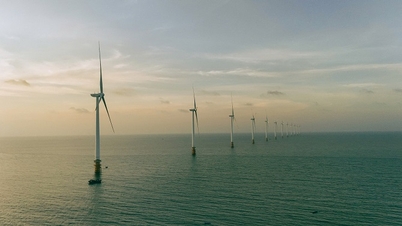





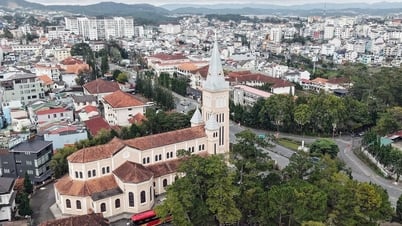

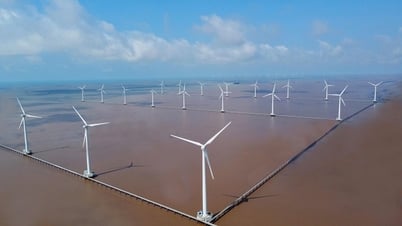
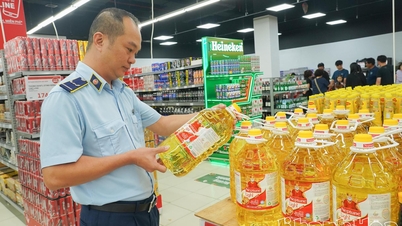


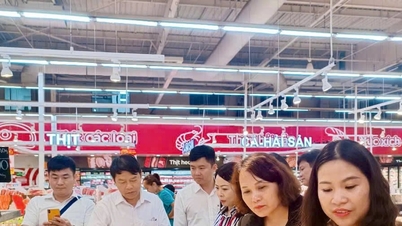











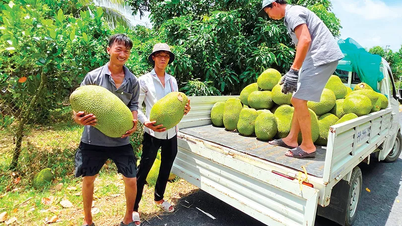
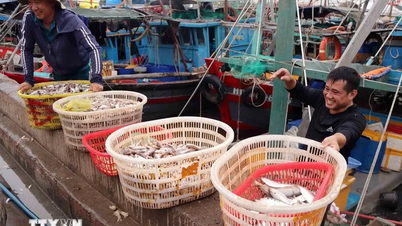


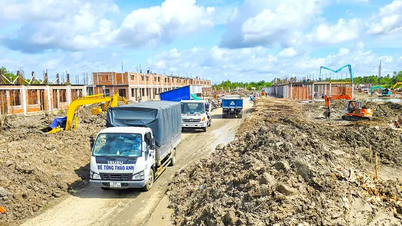




























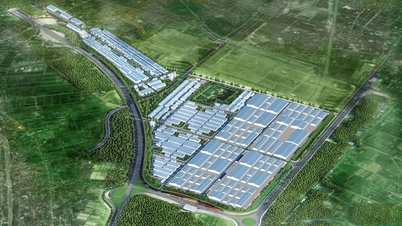
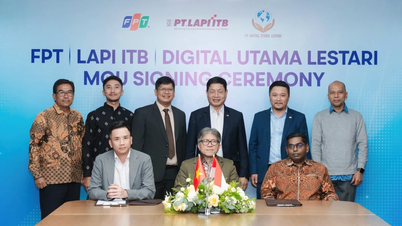











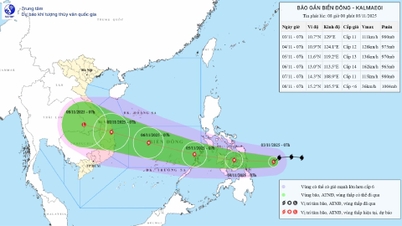

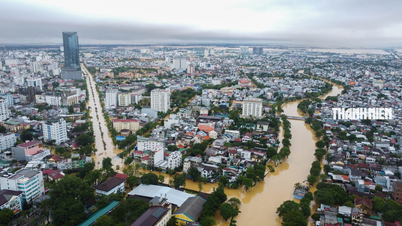






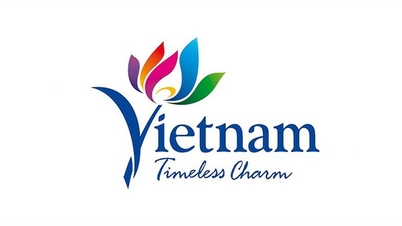

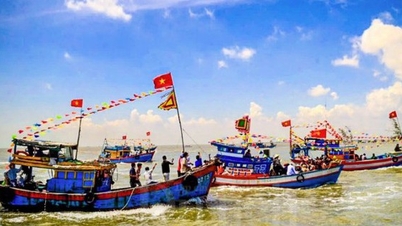

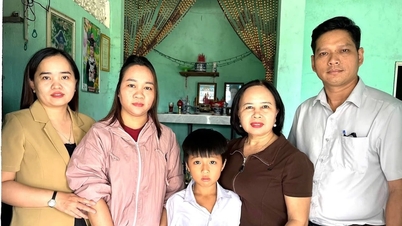

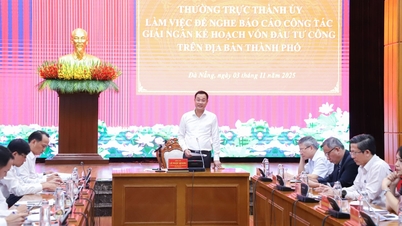
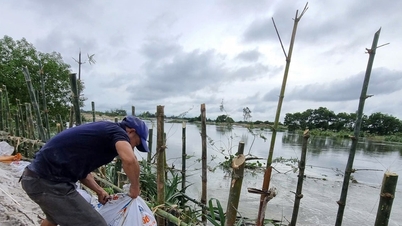
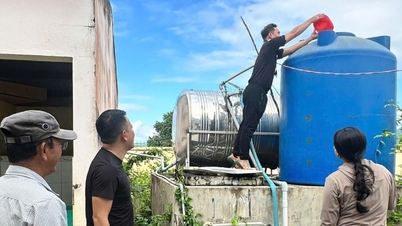
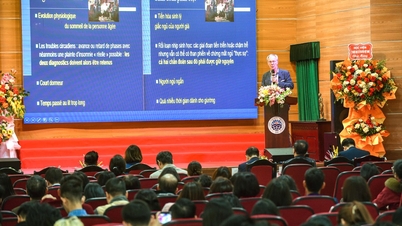
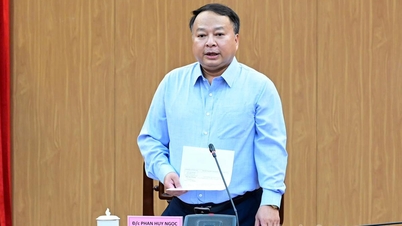

















Comment (0)